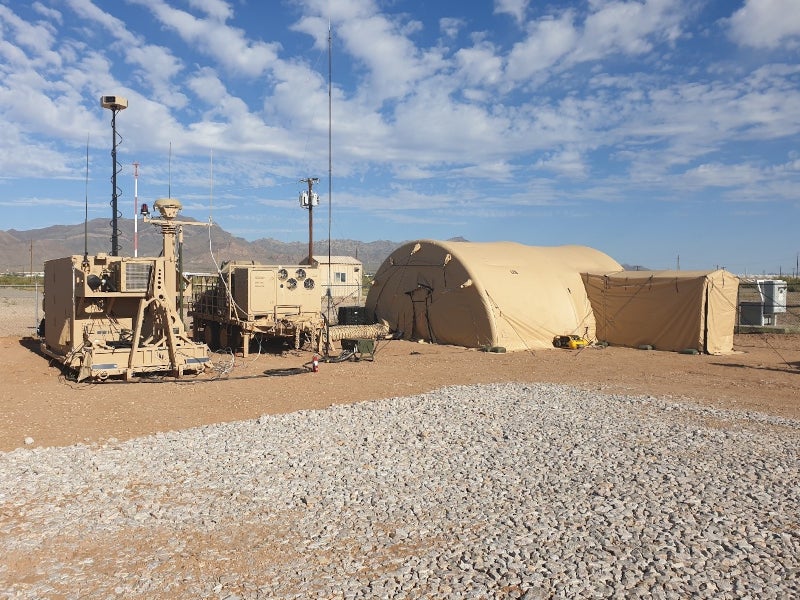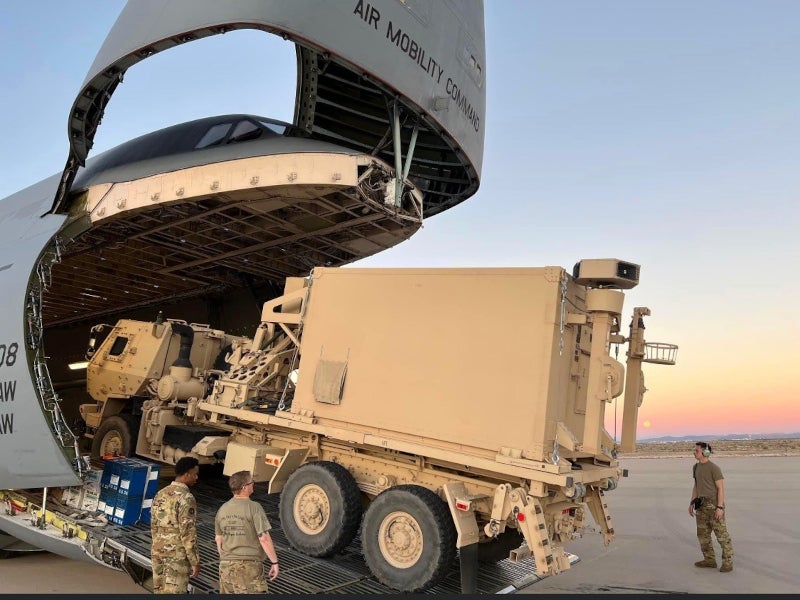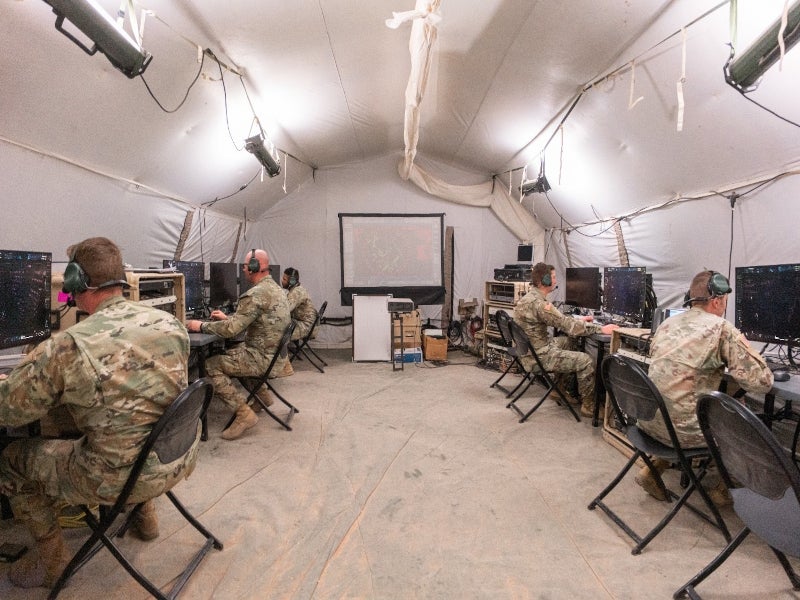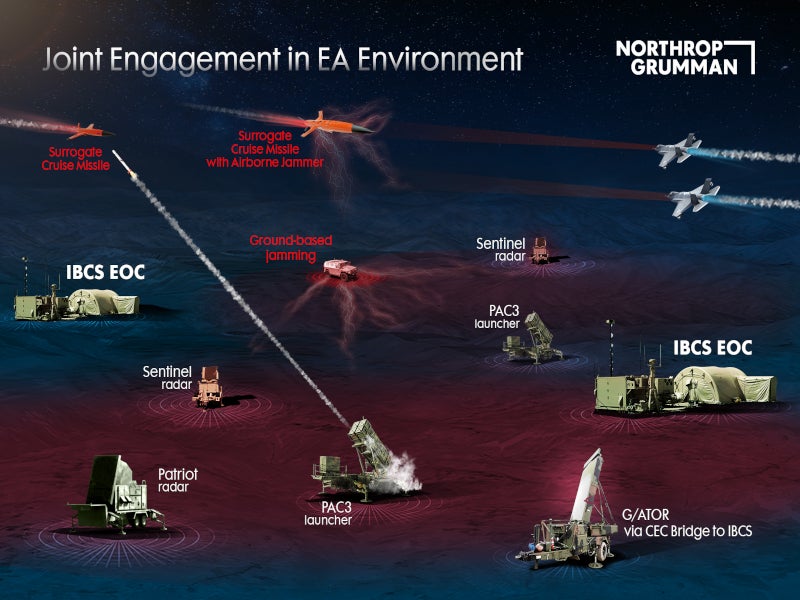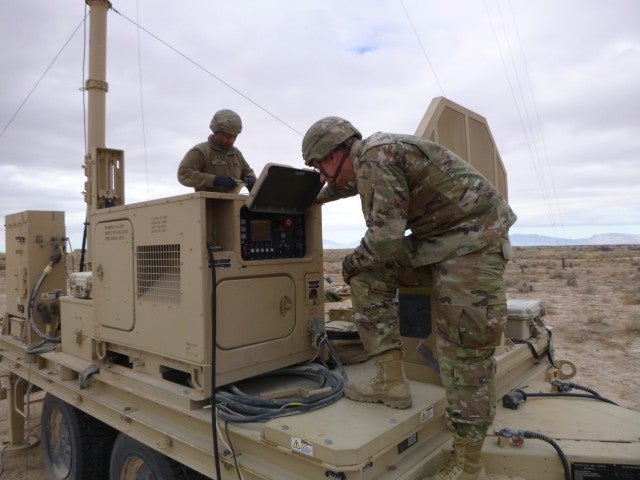The Integrated Battle Command System (IBCS) is an integrated air and missile defence battle command system developed by Northrop Grumman, an aerospace and defence technology company based in the US.
The system is set to be deployed with the US Army units for frontline combat, with the US Department of Defence (DoD) having approved its full-rate production in April 2023.
The IBCS integrates multiple sensors and weapon systems into a single network, enabling faster decision making and more efficient engagement of targets in multi-domain battle operations. It can provide war fighters with enhanced situational awareness, improved operational efficiency and increased lethality, while enabling interoperability and high-level integration across coalition partners.
The system is being adopted as part of the US Army’s broader modernisation efforts to keep pace with emerging threats and maintain its technological edge over adversaries.
The US Army awarded a five-year contract worth more than $1bn to Northrop Grumman for low-rate initial production and full-rate production of the IBCS in December 2021.
The Polish Government has also selected the IBCS to serve as the centrepiece of its air defence modernisation strategy. It ordered six IBCS engagement operations centres (EOCs) as part of the Wisla medium-range air and missile defence programme in May 2019.
In July 2022, Northrop Grumman delivered the first IBCS EOC for Poland’s Wisla programme, which is aimed at replacing the country’s Soviet-era air defence systems with advanced, western-built technology.
The IBCS achieved initial operational capability with the US Army in May 2023.
IBCS flight test details
The first three flight tests of the IBCS conducted between May 2015 and May 2016 demonstrated the system’s capability to engage on composite track and simultaneously intercept cruise and ballistic missiles.
Northrop Grumman subsequently tested the system for the detection, tracking and simulated engagements of air targets in a three-week exercise led by the US Army at the White Sands Missile Range in New Mexico in September 2018.
The system was used to successfully intercept a cruise missile at a long range with Patriot, Sentinel and PAC-3 interceptors in the flight test conducted in August 2019. IBCS also demonstrated the simultaneous interception of two cruise missiles and its interoperability with USMC TPS-59 radar and F-35 sensors in December 2019.
In August 2020, the US Army conducted additional flight tests to determine the ability of the IBCS to track, identify, engage and defend against diverse targets, including low-flying cruise missiles and high-flying ballistic missiles launched at different times, speeds, and altitudes, in extremely challenging and contested environments.
Furthermore, in a flight test conducted in July 2021, the IBCS integrated a wide variety of sensors, including one Marine Corps AN/TPS-80 Ground/Air Task-Oriented Radar (G/ATOR), two Army Sentinel radars, one Army Patriot radar and two US Air Force F-35 fighter aircraft, on an integrated fire control network (IFCN), for successful interception of cruise missile target in a highly contested electronic attack environment.
It was the last of the eight developmental/operational flight tests that demonstrated the IBCS’ scalability and resilience in offering joint all-domain command and control (JADC2) capabilities to the US Army and its allies.
IBCS design and features
IBCS is a state-of-the-art, software-defined, network-enabled air and missile defence command and control system. It is designed with a modular, open, and scalable architecture to establish a seamless, unified network with multiple sensors and weapon systems.
The system allows for integration with existing and future sensors and weapon systems in the battlespace, irrespective of source, service or domain. It can connect and fuse multi-service sensor data to multi-service weapons of existing and future systems, including assets deployed over IP-enabled networks, counter-UAS systems, 4th and 5th-generation aircraft, space-based sensors and more.
The main components of the IBCS include integrated fire control network (IFCN) relays, an engagement operations centre (EOS) that provides an interactive collaborative environment, and a common software, which fuses sensor data and creates a single integrated air picture allowing war fighters to select the most appropriate weapon to defeat air and missile defence (AMD) threats effectively and efficiently.
The IBCS integrates and optimises a wide range of sensors to quickly decide on the best effector to defend against incoming threats.
Future potential of IBCS
Extensive flight tests have demonstrated the IBCS’ potential to integrate diverse service sensors such as the Marine Corps AN/TPS-59 radars and sensors aboard Air Force F-35 aircraft and connect them with Patriot launchers.
The war fighters will be able to integrate the joint tactical ground station (JTAGS) and terminal high altitude air defence system (THAAD) into the IBCS. The system can also integrate the sensors under development, such as the Army’s lower tier air and missile defence sensor (LTAMDS).
The system’s capability to integrate international sensors and effectors has been demonstrated through a collaborative prototype development by Northrop Grumman with European defence companies MBDA and Saab. The prototype was developed with MBDA’s Common Anti-air Modular Missile (CAMM) and Saab’s Giraffe radar in 2019.

